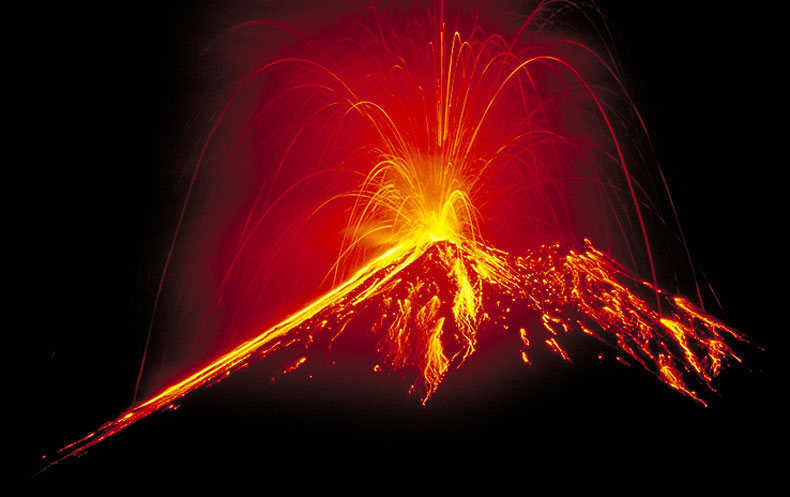La Fortuna and Arenal Volcano Restaurants

FAQs of La Fortuna
May 2, 2017
La Fortuna News
May 2, 2017

La Fortuna and Arenal Volcano Restaurants
La Fortuna has many streets that are full of all sorts of boutiques, restaurants and shops. La Fortuna is one of Costa Rica’s most visited towns by local and foreign tourists.
Where to eat while you are in La Fortuna.
La Fortuna and Arenal Volcano Restaurants. Listing of the best restaurants in La Fortuna San Carlos.
- La Cascada Restaurant
- Don Rufinos Restuarant
- Cafe Rain Forest
- Soda Viquez
- Delicatessen Restaurant
- La Choza de Laurel
- Lava Rock Cafe, Nenes Restaurant
Government
Costa Rica has a democratic government. Its current constitution was adopted in 1949. In Costa Rica, the president serves as the chief executive and head of state. The president is elected to a four year term. The legislative assembly has fifty-seven deputies that are elected for a four year term. The supreme court has seventeen justices appointed by the legislature. Costa Rica's army was abolished in 1948. However, they do have a national guard that can fight in a time of war. Costa Rica's seven provinces each have a governer appointed by the president. All citizens 18 years of age or older are required to vote in the national election. The country's two main political parties are the National Liberation Party and the Social Christian Unity Party.
Population and Ancestry
In 1994, Costa Rica's population was about three and one quarter of a millon people. It is estimated to be growing at a rate of about two and one quarter percent. At this rate, Costa Rica's population will double in 30 years. Costa Ricans take great pride in their country's heritage of government and social equality. They do not take for granted their personal dignity and strong family ties. Almost all of Costa Ricans speak Spanish but some blacks speak with a Jamaican dialect. About 90% of the people belong to the Roman Catholic Church.
Housing
About 50% of the Costa Ricans live on farms or in rural towns. A lot of farmers live in Adobe cottages with thick, white stucco walls and red or pink-tiled roofs. Most of Costa Rica's city people live in row houses. Many Costa Ricans like to decorate their homes with plants and flowers. Wealthy familys live in large ranch-style homes surrounded by huge gardens.
Food
Parts of the diet of many Costa Ricans can include beans, coffee, corn, eggs, rice, and tropical fruits like bananas, guaves, mangoes, oranges, and pineapples. Many Costa Rican families also serve beef, fish, poultry, and many kinds of soups. Tamales and tortillas are also foods that are often prepared.
Education
About 90 to 93% of Costa Rica's people can read or write. This is a higher percentage than any other country in Central America. Law requires all children to complete elementary school and then they may choose whether or not to continue on with their education. Costa Rica has several universities which include the National University in Heredia and the University of Costa Rica by San Jose.
Sports and Recreation
Most Costa Ricans enjoy spending their leisure time outdoors. Soccer is the national sport and playing fields can be found everywhere. Basketball, tennis, and swimming are also popular. On some religious holidays, bullfights, fireworks, and masked parades can attract thousands of Costa Ricans and foreign tourists. The only 18-hole golf course in Costa Rica is at the Cariari Country Club, just west of San Jose. However, there are many 9-hole courses. The country's national gymnasium is in Sabana Park. Many tennis courts are also in Sabana Park. Rodeos and bullfights are held at Santa Cruz. In a bullfight, the bull chases men around. During Christmas festivities, there are also Mexican style bullfights in which the person tries to kill the bull.
Economy
The most valuable natural resource in Costa Rica is the fertile volcanic soil. Trees such as oaks, pines, and tropical hardwood cover about 1/3 of the land. About 1/4 of Costa Rica's workers are in farming or ranching. Bananas, beef cattle, coffee, corn, rice, and sugar cane are the country's leading agricultural products. Some farmers also grow oranges, beans, potatoes, and other fruits and vegetables. Costa Rica's leading manufactured products include cement, clothing, cosmetics, furniture, machinery, and medicines. Costa Rica's economy depends a lot on foreign trade.



